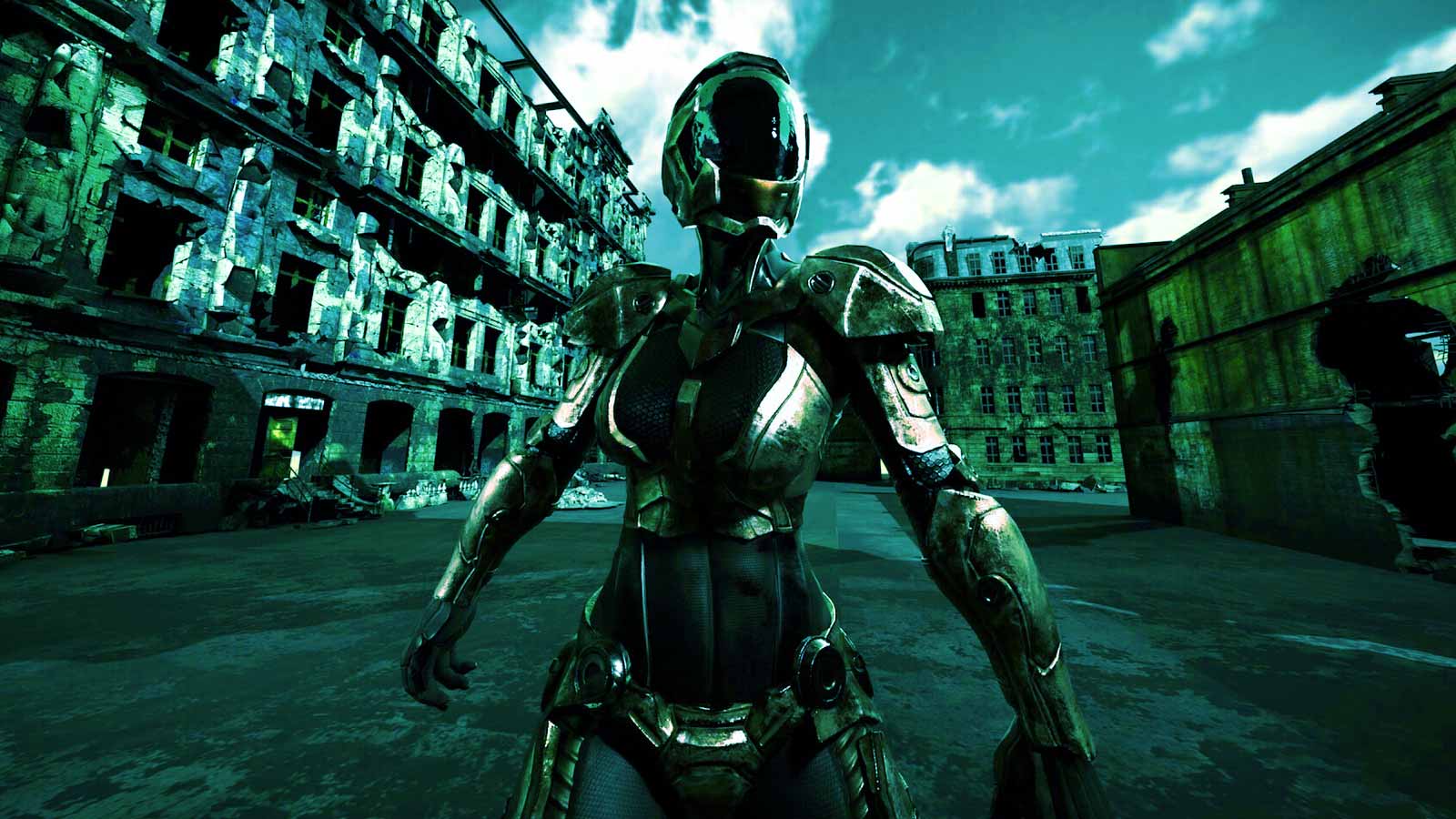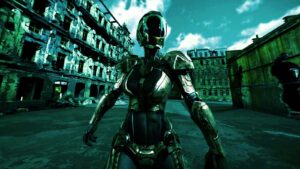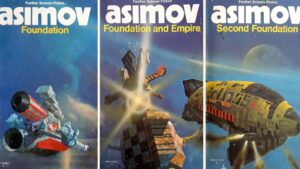
More than 47 million individuals watched the episodes of science fiction shows in 2013. Earlier, in 2008, it was estimated that over 41 million people watched science fiction shows. Although this genre might not appeal to all the readers or television viewers, it has certainly aroused some public interest.
It’s available in several formats for public consumption. Some of them are books, television shows, web series, and movies. Here are some of the elements in science fiction that would fascinate you:
1. Sub-genres
You probably don’t know that science fiction has more than 35 sub-genres. They include pulp science fiction, Gothic science fiction, retro futurism, space Western, nano punk, and slipstream. The more popular sub-genres are superhero fiction, alien invasion, robot fiction, time travel, and apocalyptic science fiction.
2. Horrific themes
There are some common themes in science fiction stories that are quite scary. They talk about catastrophic events, alien invaders, supernatural powers, dangers from machines, and so on. Let’s take the example of Douglas Adam’s book, The Hitchhiker’s Guide to the Galaxy. In this novel, the lead character and his alien buddy embark on a journey to outer space.
They end up defeating the evil Vogons who are planning to destroy planet Earth. You can also take the example of the blockbuster sci-fi movie, The Matrix. In the film, Neo is a computer hacker who defeats an entire race of machines. These machines feed off the energy that the humans produce. While doing so, they keep the human minds trapped in their simulated reality.
3. Teleportation
You might’ve read about characters using this bizarre travel method in sci-fi books, television series, and movies. In fact, scientists were successful in teleporting individual atoms at the National Institute of Standards and Technology. It is located in Boulder, Colorado.
They were successful in doing this with the help of the principle of quantum entanglement. Teleportation’s basic premise is sound according to NASA. Until now, there’s nothing that can prove that scientists can successfully teleport human beings.
4. Universal robots
In 1920, a Czechoslovakian author called Karel Capek had written a play about robots. It was titled R.U.R. – Rossum’s Universal Robots. The word ‘robot’ in Czech language means ‘forced labor’. Humans face the threat of extinction in his play when robots try to conquer the world. It has always been challenging for the authors and producers to make robots seem like humans.
However, they strive hard to give some human qualities to their robots. This is evident in the 1968 novel, The Iron Man. Written by Ted Hughes, it was later made into an animated movie in 1999 titled Iron Giant. In the movie, a huge metal robot consumes parts of old metals to survive. It ends up sacrificing its life for a boy it befriends.
5. Super powers
Superheroes are the main reason behind the popularity of science fiction. All of them have some extraordinary super powers, but they’re also bound by the responsibility of using them well. For example, Superman has his own special powers, but he can’t kill anyone owing to his moral code. So, he uses his supernatural abilities for defending himself and others.
He also uses his super powers to solve crimes and help the victims. Often, their supernatural abilities also come to the aid of law enforcement agents fighting dangerous criminals.







